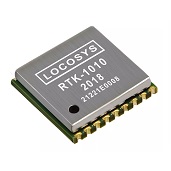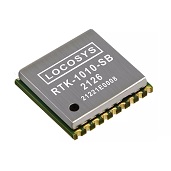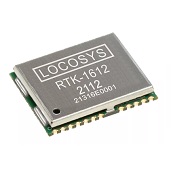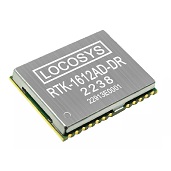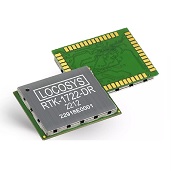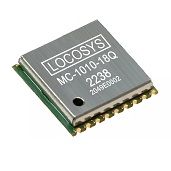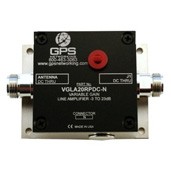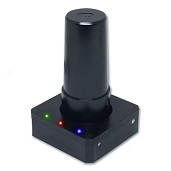What is Real-Time Kinematic (RTK)?
RTK is a Centimeter-level positioning technology for improving the accuracy of a standalone GNSS receiver. The RTK technique is based on two GNSS receivers at least (Base Station and Rover) and their communication link (e.g. 4G/WiFi/UHF).
The Base Station takes measurements from satellites in view , and then take the data along with its location as the Correction Data to the Rover.
The Rover also takes measurements from satellites in view, and processes them with the Correction Data. Then the Rover can get centimeter-level positioning accuracy.
RTK Applications:
- Precision Agriculture
- AGV Roboticx
- V2X / ETC / 5G Station
- Structural / Land Monitoring
- Offshore / Marine Application
- Autonomous Vehicle Guidance
- Autonomous Vehicle (ex: AVN/T-BOX/HUD)
- Unmanned Aerial Vehicles
- Internet of Vehicles
- Hand-Held Device
- Geographical measurement
- Geographical survey points
- Tracker



